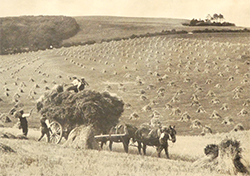 Haymaking in the early 1900s, newspaper cutting from my grandmother's scrapbooks.
Haymaking in the early 1900s, newspaper cutting from my grandmother's scrapbooks.
|
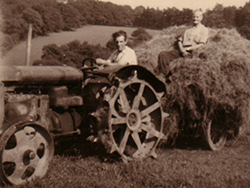 Haymaking during the 1950s post-war agricultural revolution. My grandfather and great grandfather, both war veterans, working a small family farm in Sussex.
Haymaking during the 1950s post-war agricultural revolution. My grandfather and great grandfather, both war veterans, working a small family farm in Sussex.
|
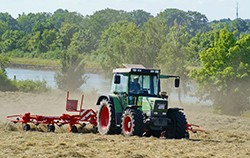 Contemporary haymaking working on a much larger scale.
Contemporary haymaking working on a much larger scale.
|
Meadow species are uniquely adapted to the annual cycle of summer hay cutting and aftermath grazing that has been shaping them for centuries. Since World War II, some 97% of our precious wildflower meadows have been lost, due to agricultural intensification, land use change and development.
Floodplain meadows are especially diverse with up to 40 plant species per square metre, supporting a wide range of invertebrates, birds, mammals and reptiles. But this astonishing display would have been unremarkable to farmers of my grandparent’s generation and earlier. Floodplain meadows have long been valued as a low-input, naturally fertile farm resource and species-rich hay can still provide a wide range of nutrients and medicinal compounds for pasture-fed livestock.
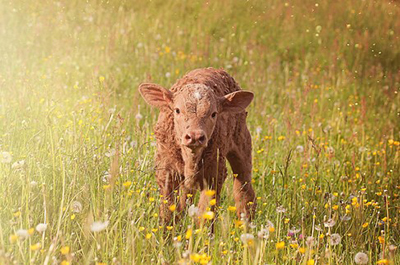
|

|
Livestock grazed on species-rich meadows may enjoy better health owing to a wide range of natural antibiotic and antiparasitic compounds produced by meadow herbs.
The timing of haymaking is a critical part of successful meadow management that is governed by the vagaries of weather and seasons. Modern haymaking has a very different impact on sensitive meadow species, with hay often cut later and machinery allowing large areas to be covered much more quickly. However, there is controversy over the timing of hay cutting:
- Date restrictions under agri-environment schemes designed for conservation gains often conflict with other agricultural management goals.
- A later cut is perceived to make a lower quality crop, though this is based on limited data for species-rich floodplain meadows.
- Missed hay cuts mean rising soil nutrients and falling botanical diversity.
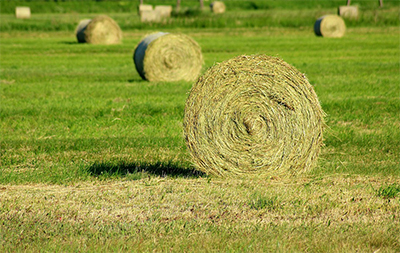 But is later-cut hay really of lower nutritional value? And is the delay really critical for long term conservation goals? There is a need for more data about how the nutritional content of hay changes during the growing season between May and September to properly balance the production of a hay crop with biodiversity gains.
But is later-cut hay really of lower nutritional value? And is the delay really critical for long term conservation goals? There is a need for more data about how the nutritional content of hay changes during the growing season between May and September to properly balance the production of a hay crop with biodiversity gains.
My study will be gathering this data from three floodplain meadows in Buckinghamshire and Oxfordshire, looking specifically at changes in nutritional minerals and anthelmintic compounds that can help to combat parasitic gut worms and reduce reliance on pharmaceutical drugs. A mixed methods design will also look at the acceptability of different approaches to the timing of haymaking to different stakeholders. A questionnaire has already been completed by over one hundred land managers to help inform my fieldwork and more in-depth interviews will follow later.
With a changing policy landscape and focus on sustainable food production, now is the time to see how hay meadows can fit into a sustainable, nature-friendly farming future.
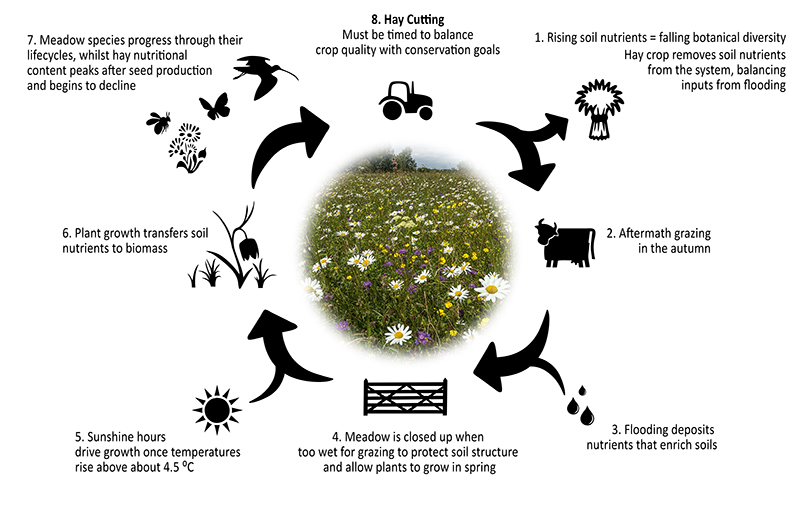 Haymaking is part of the annual management cycle for meadows. Mowing must be timed to balance the production of a nutritous hay crop, manage soil nutrients and look after populations of threatened species.
Haymaking is part of the annual management cycle for meadows. Mowing must be timed to balance the production of a nutritous hay crop, manage soil nutrients and look after populations of threatened species.
This research is supported by the Floodplain Meadows Partnership and you can find out more about what makes floodplains so special at http://www.floodplainmeadows.org.uk/
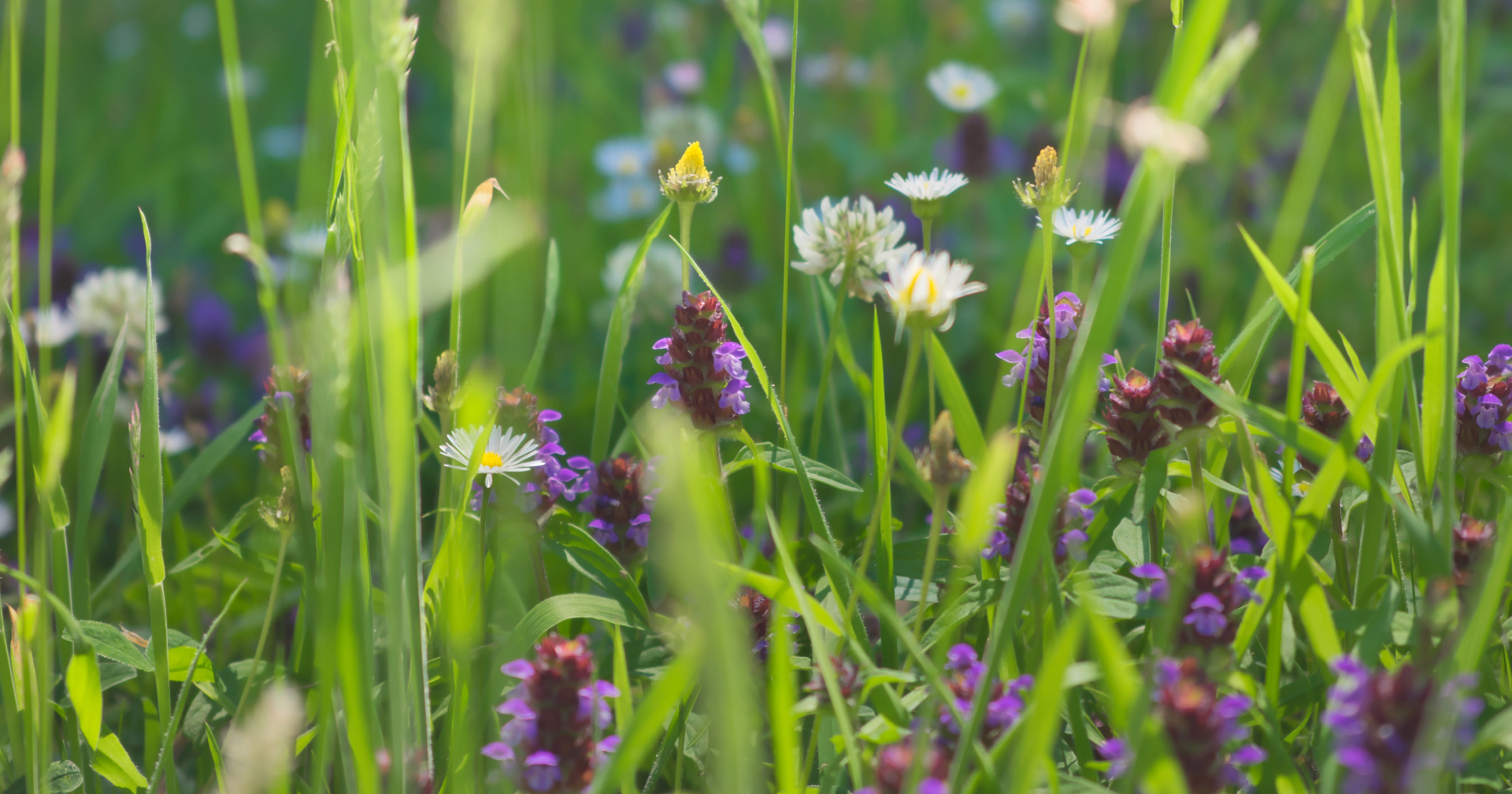



Rate and Review
Rate this article
Review this article
Log into OpenLearn to leave reviews and join in the conversation.
Article reviews